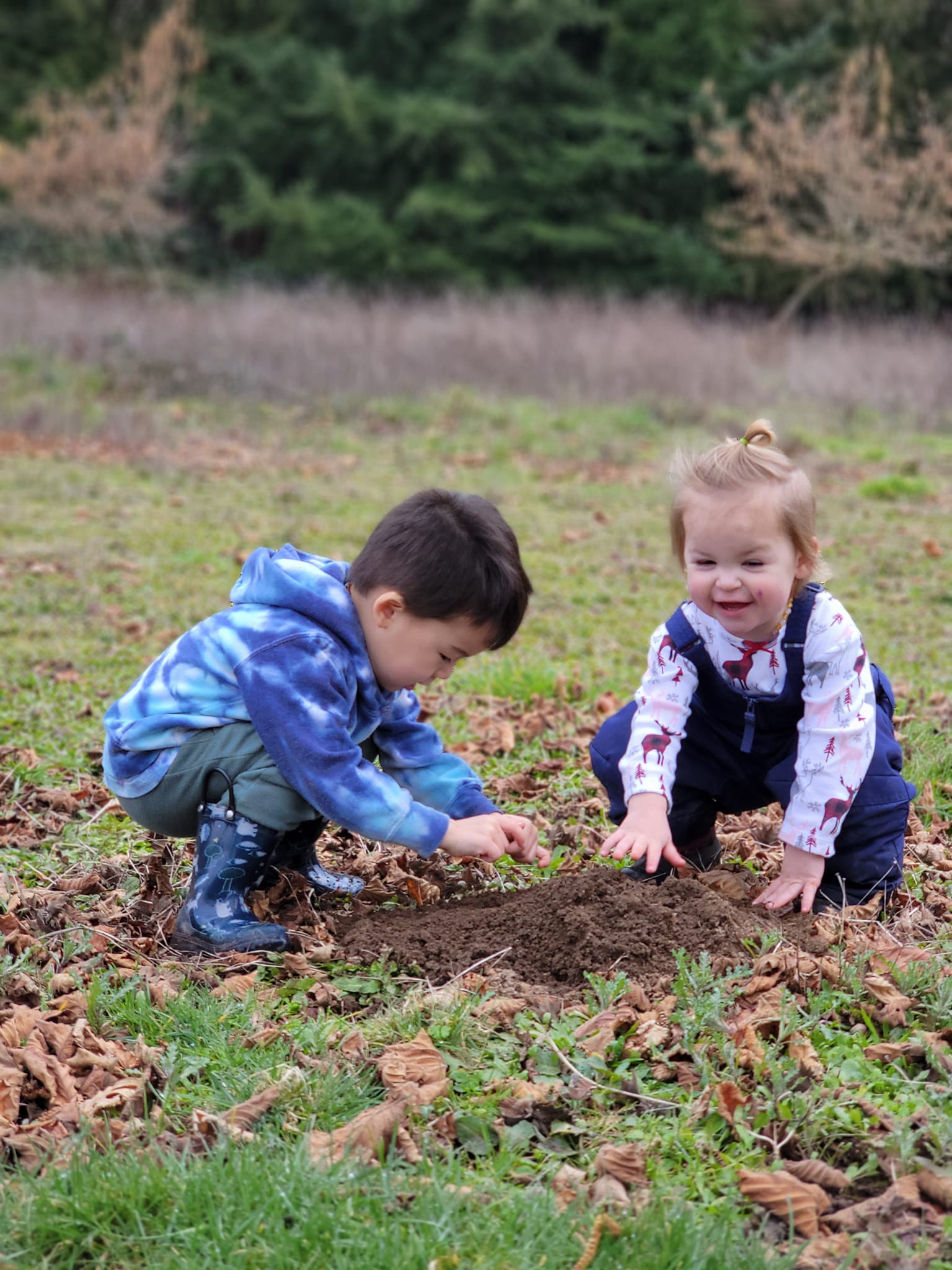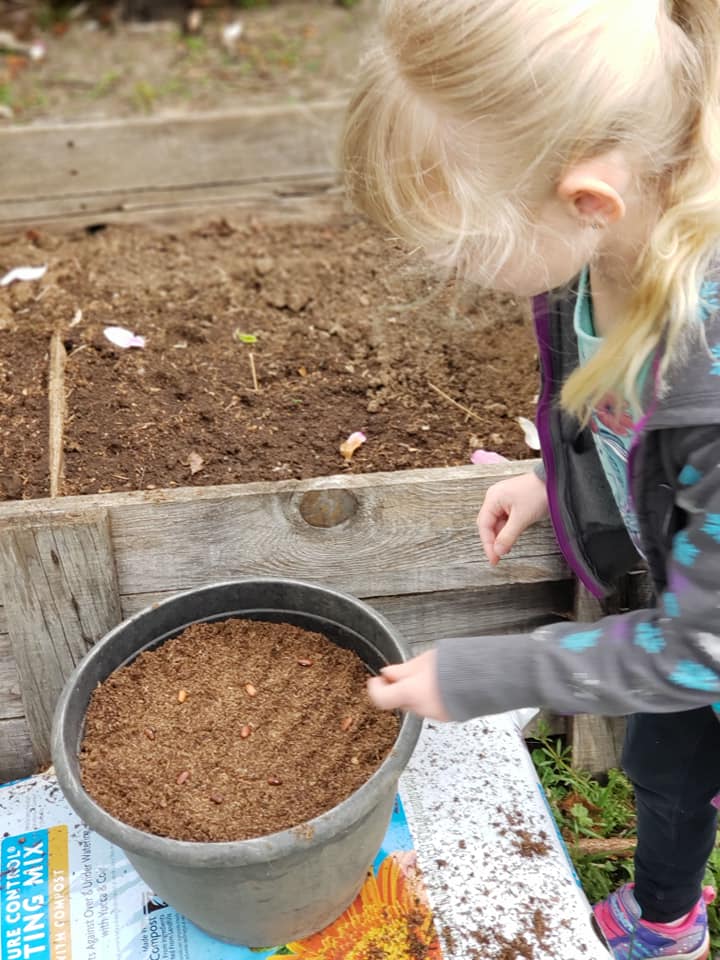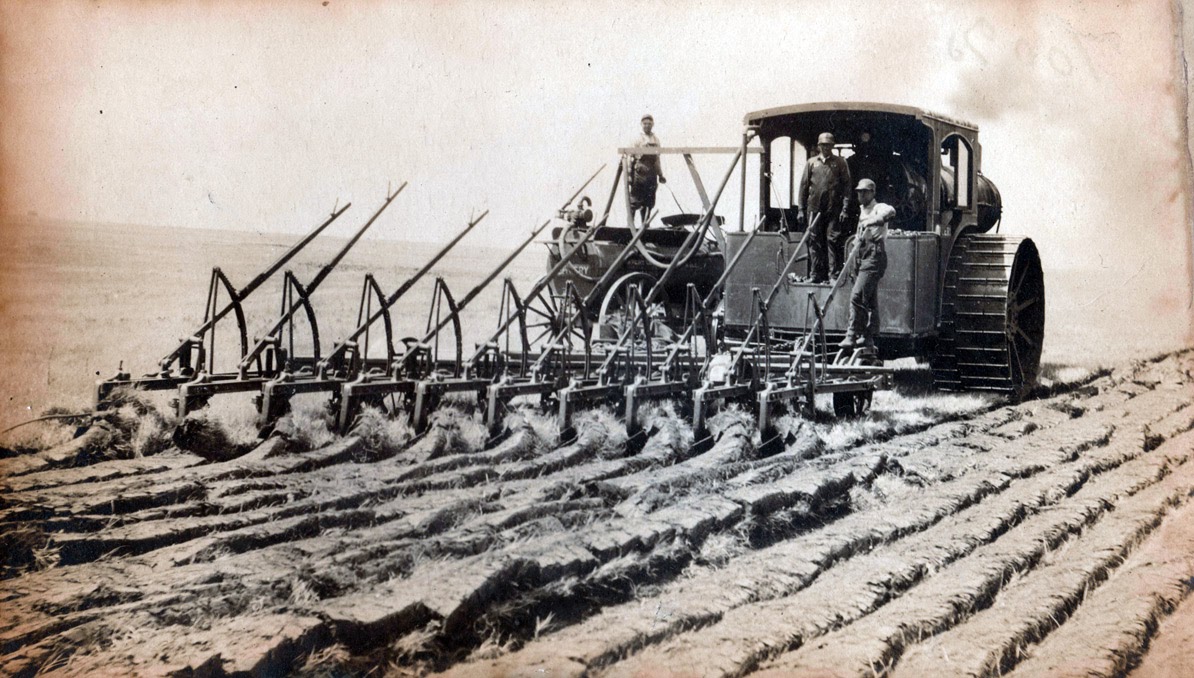We strive for quality, by inviting young learners to participate in meaningful discovery, and broaden their minds in all acts of play.
Discovery and experimentation are keys to becoming confident, independent individuals. We believe that there are many approaches to learning, here at Twigs 'n Berries Reggio Emilia is our primary teaching model, with influences from both Montessori and Waldorf teaching styles.
The Teacher
Teachers are "co-learners." The teacher's job is to find out what interests the children by showing respect, and listening to them. When the topics are agreed upon among the children, we enhance knowledge as the teacher and children learn together through exploration and discovery.
The Parents
Parents are the child's first teacher, that's why it is so important to involve parents in the classroom for consistency in the child's life. With the rush of everything life gives us, this is a time for you to be able to provide some individual attention for your own child and their friends.
The Environment
Environment is crucial to young minds. This is the third influence in a child's life. Play areas at Twigs 'n Berries are visually inviting and enticing enough to keep their focus. The areas have many natural materials for discovery and encourage a sense of community among friends.

Reggio Emilia
The Reggio approach to early education isn't named after its founder, but a small war torn town in Northern Italy. After World War II, many of the families felt that an intervention on how they taught their young children was a necessity. The values that were most important to them were respect, responsibility, and a sense of community. Through active discovery and exploration, facilitated by an inviting, nurturing environment, children were able to achieve their goals in education and become individuals.
Respect for the child is the primary goal in Reggio based learning. With that comes an understanding of the world they live in, their relationship to it, and the natural development of youth.
Montessori and Waldorf
The Reggio approach is only one philosophy we use in the school. Some of Marie Montessori's beliefs on early education, and Rudolf Steiner's Waldorf educational philosophies contribute to a complete and rounded early educational mindset. Here are some key elements from the Montessori and Waldorf techniques that we use on a daily basis to form a unique and powerful educational experience.
- Emphasis on the importance of independence for children
- Use of the constructivism model. By working with real materials, tools, plants, animals and scenarios we help channel curiosities for better understanding and discovery
- Don't follow the clock: We know that learning takes time and is a process. If the class is focusing on a certain project, we won't stop them in the middle to accommodate a schedule. The kids lead the classroom.

History of the Property
George Steinbach settled over 100 acres in 1876, building a log cabin on the shores of the Willamette River. That cabin survives today, after being donated to the Ox Barn Museum in Aurora. In 1883 the Steinbach's moved from their log cabin at the river to our current location.
George's daughter Katherin Steinbach inherited the property when her father passed away in 1896. She lived on the property with her son Ernest Becke, who farmed here with his wife for nearly 50 years. After these original homesteaders new owners transitioned the farm to grow wholesale Christmas trees. We are the second owners, and have continued to commercially produce Christmas Trees, and Filberts (hazelnuts). We also have a number of fruit producing pear and apple trees, egg laying hens, as well as personal / school garden space.
You can see evidence of the rich history all around the property.

